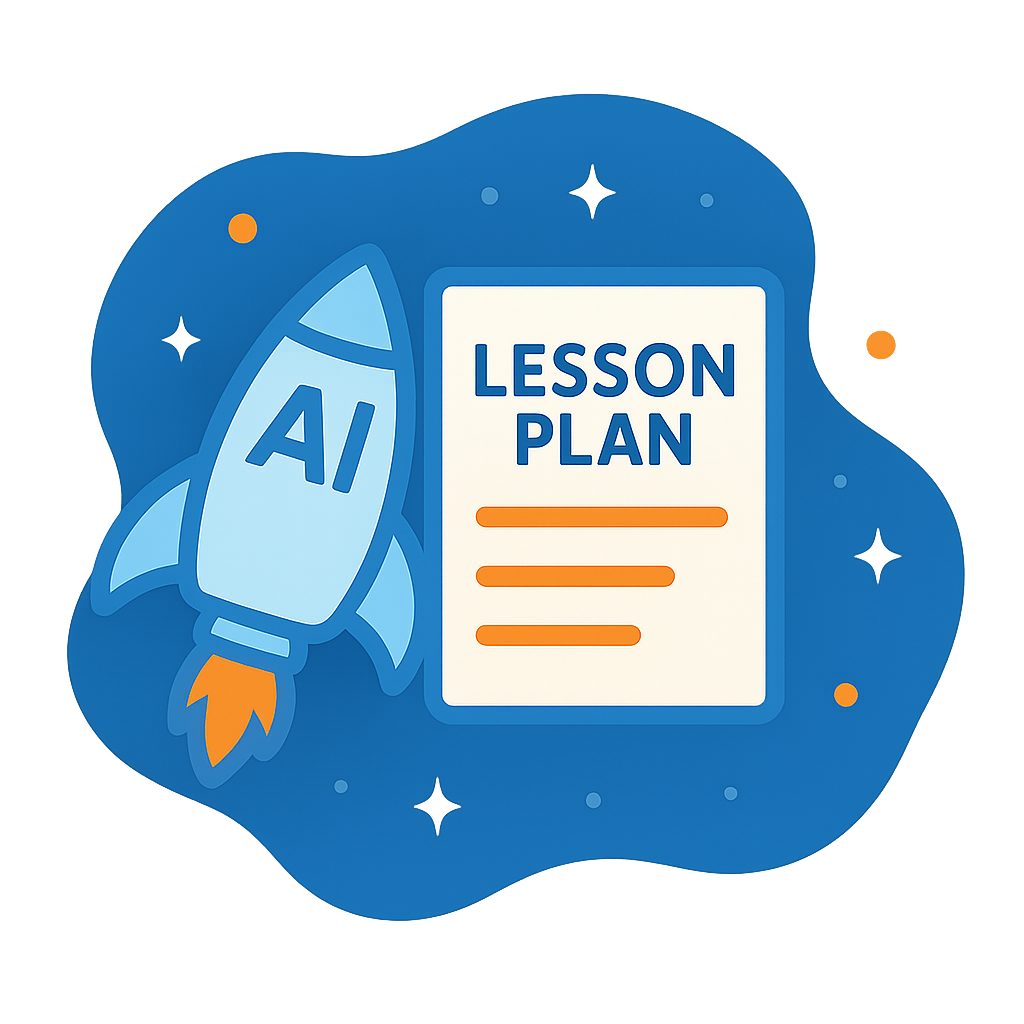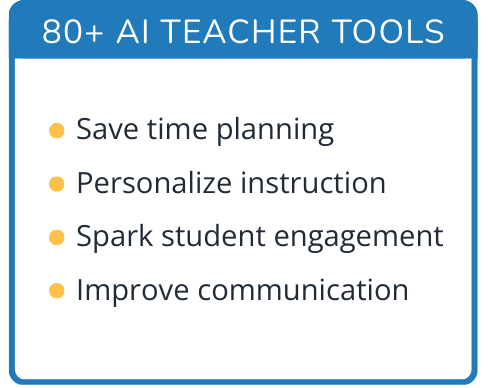Hi, what do you want to do?
PBS
Women's History: Clara Barton
Students investigate Clara Barton's contributions to society. In this Clara Barton lesson plan, students watch videos, listen to lectures, and conduct research regarding Clara Barton's life and her possible authorship of a Civil War...
Curated OER
Earthquakes and Plate Tectonics
Young scholars research about earthquakes that took place within a certain distance from their place. In this geology lesson, students explain why earthquakes occur. They analyze patterns of different earthquakes using a computer program.
Curated OER
Corn-Crop is a Bin-Buster
Learners calculate percent change and create lists of data. They enter the corresponding bushels of corn measured in billions to their list and display, then convert the acres into scientific notation and use the value on the home screen...
Curated OER
Acting Like a Hog
Young scholars explore game theory. In this secondary mathematics lesson, students plat the game of HOG using dice and explore the optimal strategies. Young scholars play the game three ways: any number of dice, a fixed...
Curated OER
What Happened to Robin?
Students investigate animal injuries caused by humans. They present their findings to various neighborhood groups.
Curated OER
How Long? How Wide?
Second graders distinguish between and use nonstandard and standard units of measurement, use appropriate tools and techniques to measure length and width, and record and interpret data using graphs.
Curated OER
The Talking Goat Lesson
Students analyze the meanings and patterns of a folk tale. They respond in their reading journals to the following prompts: How do you feel about the way "The Talking Goat" ended? Why? Which did you like better: your group's predicted...
Curated OER
Diversity
Students access prior knowledge of the five senses and relate to students with disabilities. In this people with disabilities lesson, students research and use a Venn diagram to compare and contrast famous people and their...
Curated OER
How can my breakfast help the birds?
Sixth graders design farms with a bird's habitat in mind. In this farm lesson plan, 6th graders research how sun grown coffee destroys a bird habitat, and then they make their own farm with a bird's habitat being preserved. They then...
Curated OER
Properties of Logarithms
Learners investigate properties of logarithmic function as they add, subtract and multiply logarithms. They graph and analyze the graph for exponential equivalency.
Curated OER
Goal! World Cup Soccer Craze and Content for the Classroom
The World Cup craze can provide many learning opportunities for students.
Curated OER
Line 'Em Up!
Students find coordinate points on a grid and create a line graph with those points. This instructional activity should ideally be used during a unit on various types of graphs. They make and use coordinate systems to specify locations...
Curated OER
Celebrating the Fourth of July!
Students model projectile motion algebraically and graphically; and make predictions based on the quadratic algebraic model.
Curated OER
"Dating Violence Detectives"
Young scholars investigate the topic of teen dating violence. They watch and discuss a video, conduct Internet research, and in small groups design and publish a website on teen dating violence.
Curated OER
Suicide Prevention
Students are introduced to various concepts related to suicide prevention. They watch a video, read case studies, distinguish between facts and myths about suicide, identify suicide warning signs and participate in class discussion.
Curated OER
Leonardo da Vinci
Students select appropriate tools and technology to perform tests, collect data, and display data. They construct appropriate graphs from data and develop qualitative statements about the relationships between variables.
Curated OER
Population-Building a Foundation
Students research to find information about populations and complete world maps by labeling the current population, and determining the 10 countries with the largest population. They search the "World Population Data Sheet." On the third...
Curated OER
A Geological Puzzle
Learners compare and contrast the various types of rocks on each continent. In groups, the calculate the rock ages and types to determine if the continents, in their opinion, were joined at one time. They develop two imaginary...
Texas Instruments
Light and Day
Pupils explore the concept of collecting data as they collect data on their graphing calculator about time, temperature, and light. Learners plot the data and create histograms and box and whisker plots to analyze the data.
Curated OER
A Tall Story
Students investigate the growth rate of a man named Bob Wadlow. In this growth rate of a man lesson, students determine if the growth rate of this particular man was normal or abnormal. Students bring in data of their height...
Curated OER
Curve Fitting
Pupils investigate linear, quadratic, and exponential regressions. They plot sets of data points, determine the regression equation that best fits the data and lastly investigate the coefficient of determination.
Curated OER
Religious Book Sales Climb
In this analyzing data worksheet, students review a graph from the USA Today. Students study the graph and answer four questions about the graph. There are also two extension questions included.
Curated OER
Getting to Know You
Students read a book about understanding differences. In this getting to know you instructional activity, students sit in a circle, roll a ball to each other and tell one thing about themselves when they get the ball. ...
Curated OER
How Probable is It?
Students explore probability. In this probability lesson, students look at videos and websites where they discover probability facts that can be used in situations. They determine the probability of different events.




























